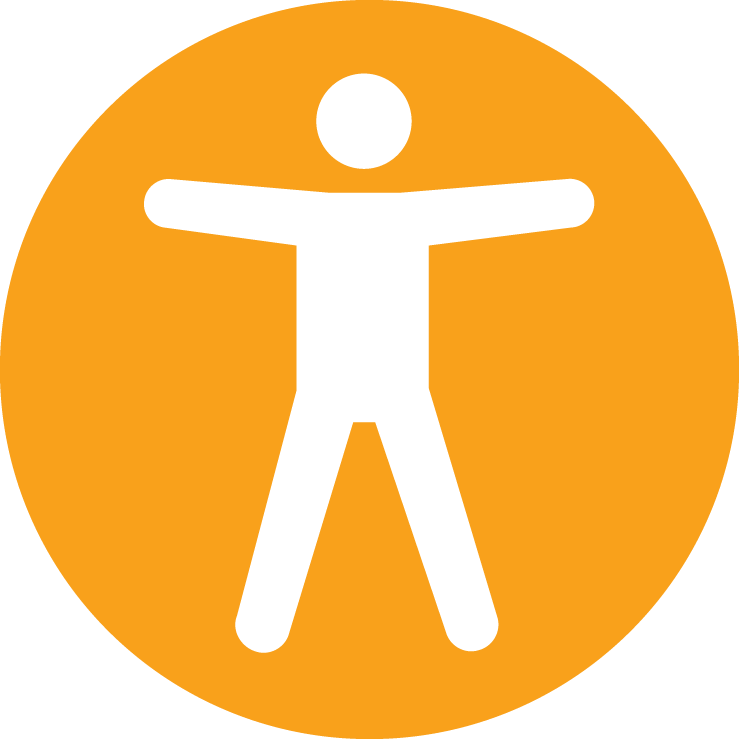Clean, safe, cost-effective!
Light electric vehicles (LEVs) are the cleanest, most cost-effective, safest and COVID-safe mode of urban transport in congested cities.
A number of factors are driving a global boom in LEVs:

Freedom of movement is a fundamental human right and by extension so is access to affordable transport. LEVs are an order of magnitude cheaper and more efficient than traditional cars and large electric vehicles.
A Danish study found the total cost (social and private) per person km for driving versus cycling is 81 cents and 13 cents respectively.

COVID-19 has forced many people and businesses to re-evaluate their life, work and travel choices.
Working from home and remote offices is now commonplace and global LEV sales and ridership have boomed as people switch from crowded public transport to socially distanced travel modes.

Transport accounts for 17% of Australia’s greenhouse gas emissions, increasing nearly 60% since 1990 – more than any other sector.
LEVs are virtually emissions-free, reduce congestion and road injuries, and are an order of magnitude cheaper to purchase and operate than cars.

Road congestion will cost Australia $40B per annum by 2031.
The average Australian commuter is stuck in traffic 5.7 days per year. In the same time it takes the average commuter to drive and park, an e-bike can travel up to 15km with little effort.
Roads and related infrastructure occupy vast space: 30 to 60% of land in western cities. Cars are idle 95% of the time and occupy the same parking space as 10 bikes. If more urban land was devoted to LEVs, it would alleviate congestion, emissions, noise, social exclusion, health, accidents and road infrastructure costs.

Car exhaust emissions have multiple health impacts while active transport has multiple health benefits.
56% of Australian adults are too inactive while 67% are overweight or obese. Inactivity costs Australia $1.5b per year in additional health costs.
In Australia, we drive our kids to school in record numbers, up from 25% of trips 40 years ago to 75% today, despite 60% living less than 3km from school. Health professionals estimate more than 70% of children and 91% of young people are too physically inactive.

Cycling creates almost three times as many jobs in manufacturing and sales as the car industry for the same turnover. Cycling also drives higher job growth in infrastructure and tourism.
Further, cycling and micro-mobility jobs are more localised and require lower skills, creating opportunities for a more inclusive workforce.
Micro-mobility also has an economic multiplier effect. Cycling tourists are known as ‘wallets on wheels’ because they spend more time and more money on local businesses than other tourists.

In response to these factors, governments around the world are investing in better-dedicated cycling infrastructure and supporting the LEV industry through grants and economic stimulus packages.
Get in touch to learn more about the full Cargo Craft fleet of light electric vehicles.




